(1) Come to Banteay Meanchey again after the Flood in 2000 and Putting into Operation the Sluice Gate and Cranes Conservation (in 2006)
Today I returned to Banteay Meanchey again after the 2000 floods. In particular, we came to Trapeang Thmor reservoir again after coming here almost 20 years ago to inaugurate the sluice gate and the crane conservation ceremony. My staff did not record what place […] but I still remember when I came with the former US ambassador, Kenneth M. Quinn, to open a sluice gate, and took measures to protect the cranes.
Today, we are re-launching the national fish day on July 1, after a two-year hiatus due to Covid-19 in 2020 and 2021 […] while planting saplings under the presidency of HM the King was also putting off. This year we are observing he two events – the first is today’s event where we gather to release more than 1 million baby fish in the pond, and the second is on July 9th, when HM the King also presides over the planting of trees in Battambang province.
(2) Normalization of Livelihood in a New Way, successfully Solving Chronic Land Problems in a Win-Win Way
As we resume the release of baby fish, we also have to be careful with Covid-19. This is what we called living in a new way, normalization of life in a new way. As we are sitting a little apart, we also wear more masks to prevent the disease that has not yet disappeared from our country […] I would also like to thank the Banteay Meanchey provincial authorities for their efforts for development in the province. I learned that a few days ago, Banteay Meanchey province, with the help of one of my Cabinet Deputy Directors, also solved a series of land problems […] which is a chronic disease […] using win-win politics.
(3) Baby Fish Release and Trees Planting on Any Day Not Just in July
Now we come to the part where we talk about the national fish day. Why do we have to release baby fish? When does this event start? This is an initiative that we need to take, and I would like to emphasize that the release of young fish is necessary to increase our fish resources to solve the demand for livelihood of our people. I should confirm in advance that the release of juvenile fishes can be done not only on one day – on July 1. We can release at any time, every day, as long as there are fish to release and there is water for fish to survive. What we do today is a symbolic campaign about releasing baby fish into lakes, into ponds, where they can survive, and expecting to get in return more fish for our people. The same is true that we can plant trees not just on July 9 but every day, as much as we can. After securing peace, our country has more ability to do that work.
(4) Lakes, Canals, Rivers Are Shallow, Less Fish, More Population
We need to understand that the situation of our country is not the same as before. As real human being and not driven by jealousy, we must know that, in the old days when Cambodians said where there was water, there were fish, (was because) there were less number of population, waterways and reservoirs were deeper, and therefore there were more fish. This is true in our country. At one time, the Cambodian population was just over one million, and then in the 1960s, before 1970, we marked that the population was anywhere between 6 to 7 million […] and up to now, the water ways and reservoirs are getting shallower, there are less fish to feed the growing population. This is the difference. If some have human substance in them […] and without any political exploitation, they must acknowledge the fact that this is how it happened […]
We have to see that every year in this month the tide starts to rise and brings sediment to water ways and reservoirs everywhere supplemented by residues of abscission as we all know that in each lake, there are always trees, shrubs, […] this have turned our lakes to get shallow, including the Tonle Sap. Hence, the fish population is getting smaller as the water is getting shallower, and our population is getting bigger reaching 17 million, or 12 million more in 43 years […]
(5) Land Required for Cultivation Leads to Deforestation
Some say it over and over lacking thoughts and asking this question where the forest has gone. If there were no population growth, the forest would not have disappeared. The forest has gone, but the ground is there. Why deforestation? It happened because of the people’s need of land for cultivation, […] people cut down trees and used the land for farming. Just every year, we removed so much from the forest cover in 2002 for people’s requirement. As far as I can remember, in the beginning, our people planted around 1.6 million to 1.8 million hectares only in 1979. Now, the cultivated area of both fields and plantations is already more than 4 million hectares. This point should be understood in relation to forestry issues. We lose forest, but in place of it, people grow other trees for crops […]
Those extremists (keep talking about) where has the forest gone. Maybe those who criticize me return the land back. If you take the land holding after 1979, you must return the land to me so that I replant trees. Dare you give them back? We push them against the wall […] if you continue to find false about where the forest has gone. Land that you occupied after 1979 is the land you got from deforestation […] any move to exploit from this situation should be met with action. I do not do that, however. I just lay out a theory for you to see where the forest is gone? Where does the land go? The land that you are cultivating is the land that you say is missing […]
That is the point that I should clearly discussed in my speech today about where the forest has gone […] in 2003, it was annoying too. We had brothers and sisters returning from abroad in 1991, 1992 and 1993. I gave the house to them, both on KPNLF and FUNCINPEC. In the 2003 electoral campaign, they attacked me saying that we confiscated houses. I then said they should return those houses they received from the state. (With that suggestion,) they went quiet since 2003 […]
(6) Silted Waterways/Reservoirs Caused Loss of Fish and Waterway Traffic Blocking
Now back to the issue of natural resources related to fish. The shallow water of the rivers and lakes creates a situation of loss of interest […] many lakes in my native village are no more lakes but dry season rice fields. Where else could we have fish from. On top of that, our Tonle Sap Lake […] though there is still pretty deep water left, in some places there is a lack of water causing fish to die. At the moment we do not have the resource to restore the depth of the whole Tonle Sap Lake yet […]
In the book “10 Years of the Cambodian Journey,” which I wrote before 1989, and published on January 7, 1989, in memory of the 10th anniversary of the Cambodian national journey after the liberation of 1979, I have discussed about the shallow waterways and reservoirs and the loss of fish species and population. We then put into practice the aquaculture policy since 1985, because we have seen an increase in population as well as a decline in our fish production due to the above facts.
Some called themselves scientists easily think that they can pump the Tonle Sap Lake and use the residues as fertilizer. The question is, as you pumped the lake, where did you get the money to do it, firstly and secondly, for the residues to become fertilizer, what need to be done? […] as of now, we can only pump to restore the direct the flow of water and to deal with waterway traffic. This is our highest possibility. Talking about the Mekong River, the tributaries of the Tonle Sap (river), do not think of the inner Tonle Sap Lake, landslides occur every year […] this (shallow water) situation caused the loss of fish species and population, firstly, and secondly, the difficult waterway traffic […]
(7) Cutting Land from Conserved Areas for People; No to Reestablishing of Fishing Lots; Fisheries Reform Started in 2000 and March 8, 2012 – Total Dissolution of Fishing Lots
I have confirmed and continue to confirm, as (I am in) Banteay Meanchey and (Governor) Sok Lu came from Battambang, to clarify issues related to the Tonle Sap area where I allowed lifting ban of certain area in Zone III (and give them to people), cutting out certain area from Zone II to Zone I […] for people to manage to avoid the hassle of solving problems. But I also beg our people not to continue clearing the flooded forest land (and) we have to replant the flooded forest. From helicopter, we flew across the Tonle Sap, I also looked down at some places, there is no rice field, but the field from along time ago, but not the object for claiming. (I) ask the Ministry of Agriculture, Forestry and Fisheries to look carefully into where to dig deep in the lake for the sake of fish species conservation.
Some came in 2022 suggesting to me that we should rebuild fishing lots for the private sector to manage. (It was because of this matter thar) I have ordered replay of what my final decision was on March 8, 2012 […] for more than 100 years, fishing lots had been established, and while farmers had reaped the benefits, there were also some negative happenings. Reforming fishing lots started since 2000 […]
(In) 2000, the year of the great flood, I went to distribute aid in Siem Reap. I sat with Samdech Pichey Sena Tea Banh, His Excellency Cham Prasidh and Sieng Nam, Member of Parliament. At that time, I learnt that people were not allowed and got arrested even to row boats across the fishing lot. I then cut out like 60% of the fishing lots for the people. But the story does not end there. It remains the same. Later I found that they kept the river Stung Sen in Kampong Thom province […] where people at the mouth of the river did not even have the right to fish. Should we keep it or not? […]
If we look at that time, we got only US$ 200,000 to US$ 300,000 a year from fishing lots everywhere. It’s very little. I decided to take it off and give it to people to take care of, to create a fishing lot community for them to benefit from natural resources. That is why I recommend that some of the places where they lived […] have been there not for years (but) some 200 years ago, where we move them to […] while keeping those land for them, we can leave some more as community forest for firewood and fishing in that area and they can take care of them […]
(9) From the Killing Area to Area for Fish, Water for Irrigation and Tourist Attraction; Ministry of Water Resources to Build Dam Road of Trapeang Thmor Reservoir;
The reservoir of Tropeang Thmor conserves abundance of water […] we came with Kenneth M. Quinn […] related to the conservation of cranes and the opening of sluice gate […] in 2006 […] (you may find archive) on national television […] the footage must be kept because it is an archive witnessing to everyone how we transformed this place from the problem area to become an area (which) attracts tourists and agricultural production, in which there is the release of young fish that will become food, and people have water to help with irrigation.
Two issues that I need to address. First, the road on this dam is almost 10 kilometers long. When will (Water Resource Minister) HE Lim Kean Hor do it? […] There is no further delay, because I have been talking about it since 2013 […] there was no agreement between the Ministry of Public Works and the Ministry of Water Resources. The Ministry of Water Resources says that this is a dam, the Ministry must be the one to do it. The Ministry of Public Works said, it is a road, the Ministry must do it […] now, they will send in road building equipment in one week from now.
Let us now record what happened here Trapeang Thmor Reservoir. In 2004, the Royal Government restored and rehabilitated the two dams, the main canal system, the secondary canal system, paved the foundation and gravel, and repaired three bridges, sluice gates and sewers under the auspices of Japanese assistance, and inaugurated in 2006 under the presidency of Samdech Hun Sen […] The sluice gate was put into operation officially in 2006. So now the problem of road construction on this dam is solved.
(10) Demining to Declare Poi Char Commune and Trapeang Thmor Reservoir Mine-Free Area by the End of 2022
Another thing that I think needs to be addressed today […] I received a report from Ly Thuch, First Deputy Chief of the Mines Authority, that Poi Char commune, Phnom Srok district, Trapeang Thmor Reservoir area […] there remained 0.24 square kilometers, equivalent to 6 minefields, about 98% of the minefields in Phnom Srok district to demine […] I make a final proposal on the issue of demining on the remaining land. His Excellency Oum Reatrey must immediately work with the Mine Authority to send deminers to remove those mines to ensure safety and to declare Poi Char commune as well as Trapeang Thmor reservoir area mine-free area. At any cost, mines in this area must be cleared, and by the end of this year at the latest, the area must be declared a mine-free zone to ensure the safety of our people.
I would instruct His Excellency Aun Porn Moniroth, Minister of Economy and Finance, to consider adding to the national budget for 2023-2024 in stages to complete demining and finally declare this target area mines free. In Kep province we already declared it mine-free. Some places need only US$ 50,000. Going abroad to ask (for that much) is unworthy. Now put it in the national budget to end this activity as at some places demining is almost completed but lacking money. Demining forces include CMAC and other operators, such as the army engineering, forces under the army Commander-in-chief, peacekeeping troops operating abroad, can use that money to clear and make those areas demining-free […]
I call on the private sector, if you wish, and I would like to thank you in advance for accepting their helps in clearing mines efforts in some places. Some places need only US$ 100,000. In one village, India donates US$ 50,000 to complete (demining). Well, we can use two combinations. One is the national budget and the other is that philanthropists can participate so together we can make the country safe. I take this opportunity to call on the private sector to get involved and make our country a landmine-free country as we have proposed (Samdech Techo went on to give account of the war among Cambodian factions before the Paris Peace Agreement in the area).
(11) Thanks for Trusting the Cambodian People’s Party, Nationally and Sub-nationally
Now there is peace and we all choose to keep that peace. I thank our people for voting for the Cambodian People’s Party to maintain peace and development. The decisions of the people who voted in the past and voted for the CPP have a clear meaning messaging their supports for peace and development. This is a competition in the democratic process. Of course, I would like to thank all the people for their participation in the (communal) election, regardless of which party they voted for, which has created a favorable situation as more than 80% of the registered voters took part in general, and in particular more than 74% of them voted for the CPP – a large number – allowing the CPP to control 80% of the (communal councilors) seats and 99.73% of the commune chief seats, which is a huge number through this normal course of a multi-party liberal democracy […]
I thank you for trusting the CPP to continue to lead at both the national and sub-national levels and hope that you will provide an opportunity for the CPP in the upcoming 2023 elections. Voting for the CPP is voting for oneself to maintain peace, and if there is peace, there will be development. Let us not wait until peace is gone to shout for it to return […] Some think peace has existed since the UNTAC era. No. The former UNTAC military commander dined me the day before. I asked him to visit Pailin, an area he could not enter (while commanding UNTAC troops) […] UNTAC President could not enter Pailin, UNTAC military commander could not enter Pailin, but Hun Sen could.
I have stated many times that my goal is to turn the former battlefield into a development zone, to turn all border areas into a border of peace, friendship, cooperation and development. So now, internally, we can consider that under 10% of our land are still not safe because of mines as I just mentioned. So today, I came to issue a demining order in the remaining thousands of hectares of land, as the Poi Char area has 98% more land area (to demine) compared to the whole district. Where is the other 2% to be demined? After that, the whole Phnom Srok district must be declared to be a mine-free district.
(12) River Bridge Placed in the Ministry of Rural Development’s 2023 Budget, Revenue Increased to about USD 490 M/Month
In addition, during the 2000 floods, we had a wooden bridge collapse. The 2000 flood wooden bridge connects from village 3 to village 4, to Preah Ponlea village, in Prey Russey commune, Preah Ponlea commune and Koh Pong Sat commune. I propose to study and include in the budget of the Ministry of Rural Development in 2023 to build this bridge. We spend money, we also have to be careful. Admittedly, revenue is now starting to pick up. Yesterday, in the six months that ended yesterday, our revenue increased by nearly 500 million (US dollars) per month, both customs revenue and tax revenue. But the revenue is still low compared to before the Covid-19, which ran between US$ 500 million and US$ 700 million a month. Our revenue fell below US$ 400 million in 2021. Now it jumps above US$ 400 million. Yesterday it was about 490 (million US dollars), around that figure, thanks to growth for domestic demand and imports increased. This is the point I should make, as this is my first rural statement after the Covid-19 combat started.
(13) Anti-Coid-19 Vaccination Needed and Are Free; Vaccines Available through to 2026; Public Intimidation Not Freedom of Expression;
Now I should talk about the Covid-19 issue. Covid-19 recurred. On the 29th of June, we had discovered 10 cases, and on the 30th, yesterday, 7 cases. Today there are 3 cases picked up by PCR […] we need to continue to be vigilant to avoid infection. The Covid-19 is not over yet […] we have just prevented us from falling into the abyss of death […] to reduce on the one side contagious infections and the severity of sickness on the other, vaccinations are needed. I would reconfirm that whether it is the third dose, the fourth dose, the fifth dose, or even the 20th dose, the Royal Government does not take money from you […]
We now have vaccines left in the warehouse. I see in last night’s data that there are 10.4 million doses left. The rest is divided into provinces and in Phnom Penh warehouses. We have more than 20 million doses yet to be shipped in and we have signed to buy more than 104 million dollars for 2024, 2025, 2026. This is the provision of the Royal Government to ensure that our brothers/sisters do not worry about the lack of vaccines. Some countries get vaccinated for money, but it is not the case in Cambodia. Of the 15 million people who received the vaccines, just over 9 million had received the third dose. The Ad-hoc Commission for National Immunization Commission estimates that the remaining number is less than 5 million […]
That is why we are urging people to get vaccinated and not to panic, and I beg some not to poison people’s mind with false information. No one has died since April, and someone has posted on Tiktok of Covid-19 death (from a long time ago). I immediately ordered the National Police Commissioner to investigate and arrest. Anyone – human rights organizations or diplomats – who wants to come talk to me about this, please do. We cannot accept such intimidating information. The person resides in Tbong Khmum province and he posted about Covid-19 death in Koh Kong. The Koh Kong authority denied the case already […] causing fear among the public is not a matter of expression […] the world is against false information, why can Cambodia not do the same. Hov Ou Khong (Tiktok account name) has been arrested […] and it was not because he joined the Candlelight Party commune electoral campaign but because he posted story that caused public fear […]
Vaccines in Cambodia are colorless because we provided it without thinking about what political party the person is affiliated to, what race the person is, what religion/belief s/he follows […] we give vaccines to all for free, including foreigners, diplomats, NGOs, foreign students living on Cambodian soil […] it remains to be seen whether VOD, Free Asia, VOA and other countries will bring up this issue about Hun Sen ordering arrest. If I am not the Prime Minister, then I will not order the arrested […] but as the Prime Minister, if I ignore such slandering for public intimidation, I should not be one. (For this matter,) even though I did not order, the police and the courts would also take actions […]
(14) Russia/Ukraine War Raises Oil Prices, Europe to Use Coal, Putting Climate Change Agenda in Jeopardy
Another issue that I should talk about is asking for understanding and tolerance from our people regarding the rising oil prices as it is a consequence for the whole world dues to the Russian and Ukrainian wars, […] yesterday, the Ministry of Commerce reported that the price of gas increased by 35.8% as many people cook food using gas. Europe will soon cut firewood to replace gas. Europe is starting to use coal again. On the one hand, the conference on climate change bans coal-fired power generation, but so far Russia has cut off gas, prompting Europe to resume coal use. What is the 2030 or 2050 agenda on climate change going to be? It would mean nothing.
For us, I beg for your understanding, and if you feel the need, those who have enough money should start to change from now on for a battery car or a Prius model that uses both batteries and gas. We can continue to travel, just a little slower with it. I see that there are two benefits – first, reduce the cost of gasoline and second, reduce traffic accidents because it does not drive fast […] Laos is in shortage of oil. Sri Lanka is in shortage of oil. We have not reached the level of lacking oil yet, but at some points it may be difficult that even with money we cannot find oil to purchase. Please be patient […]./.
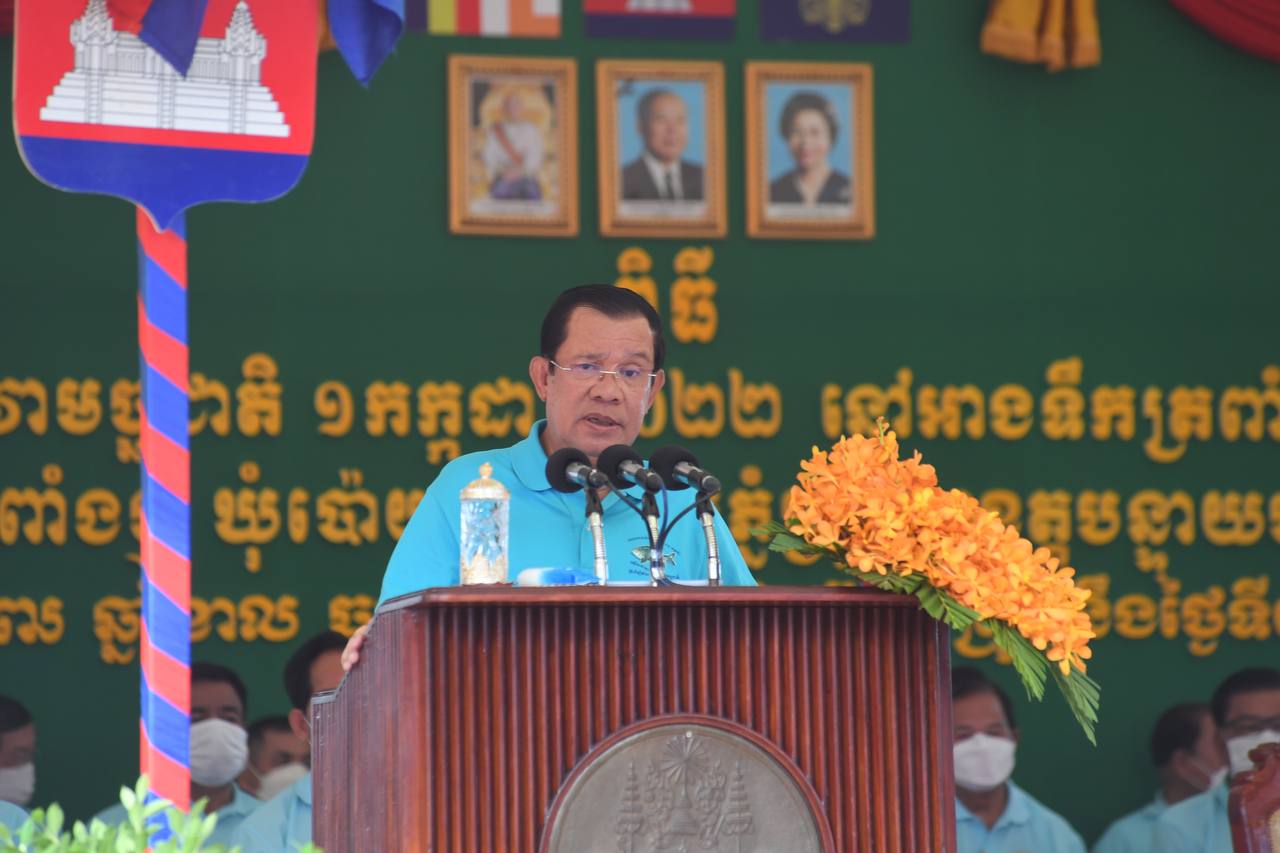
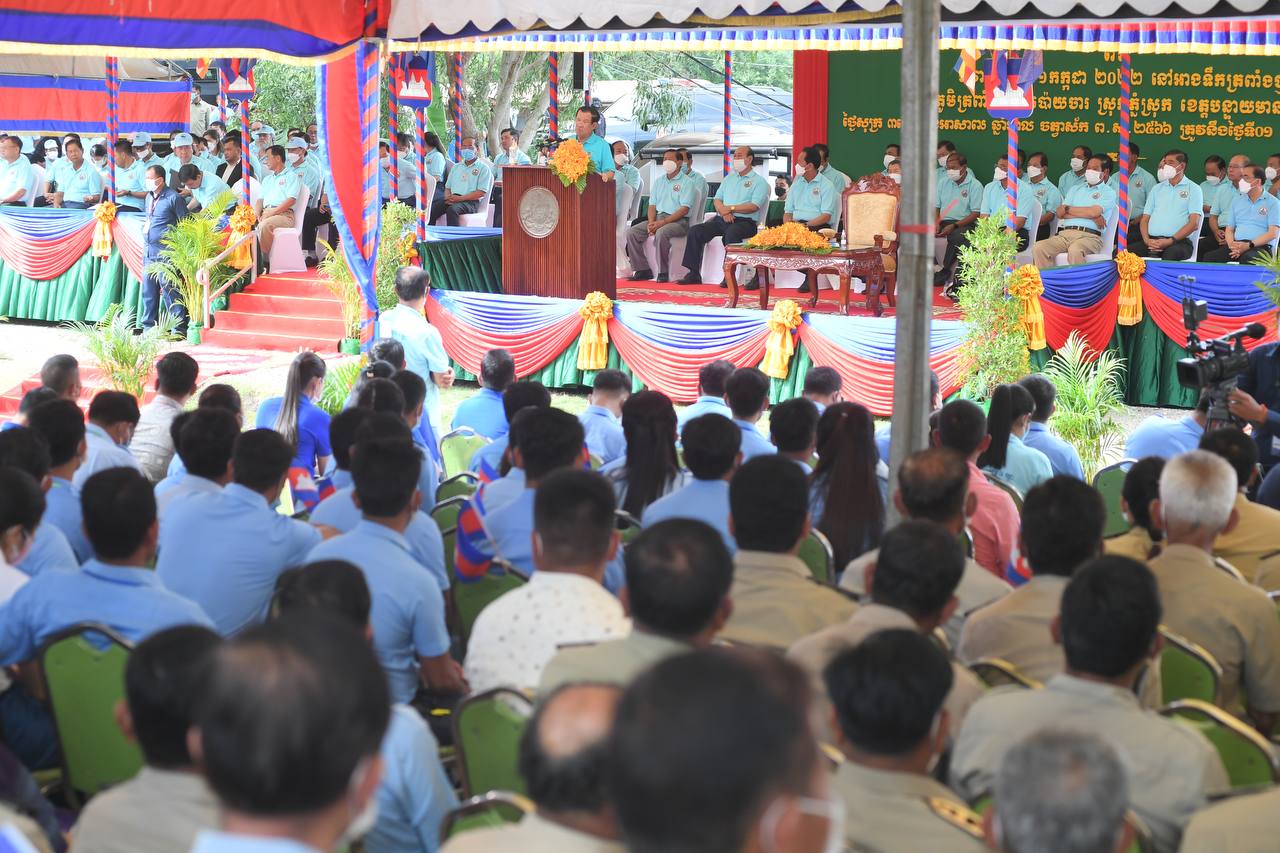
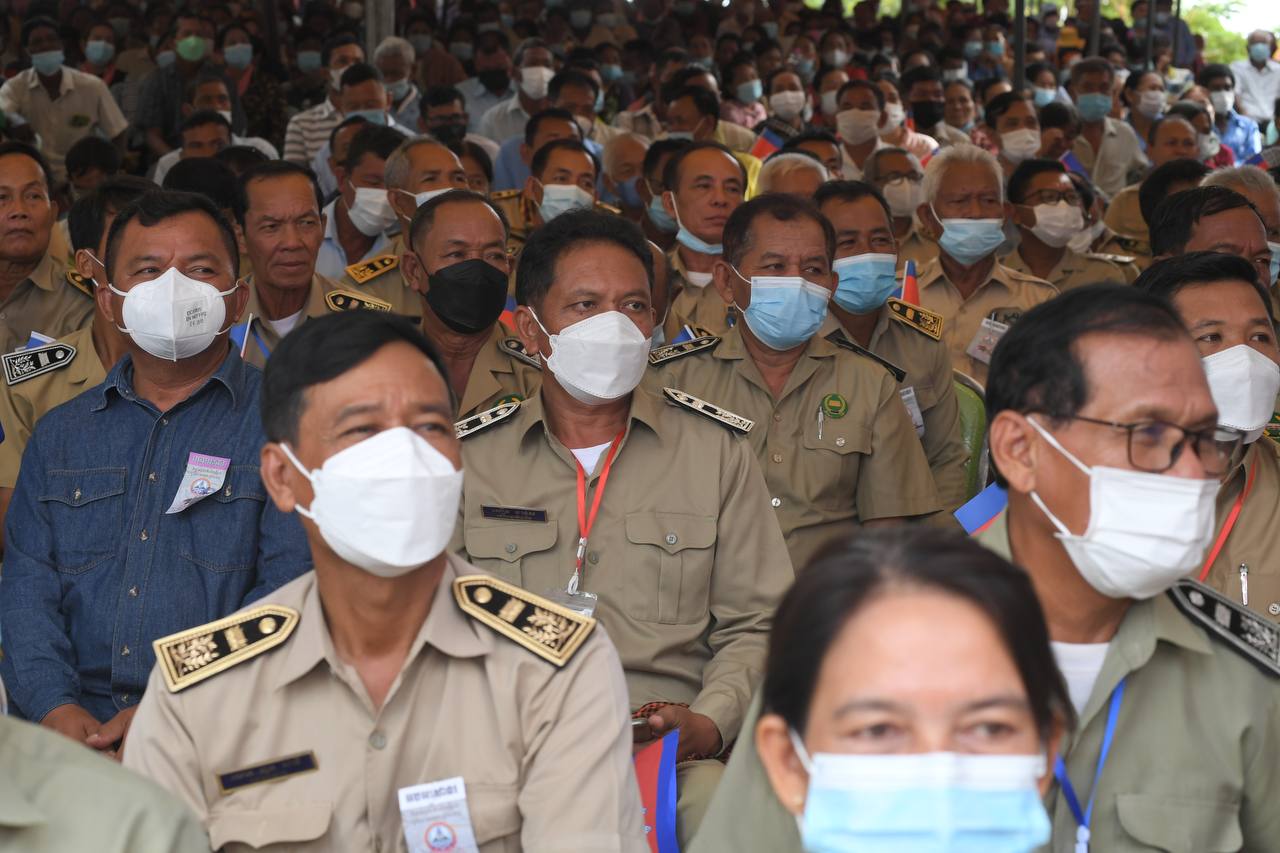
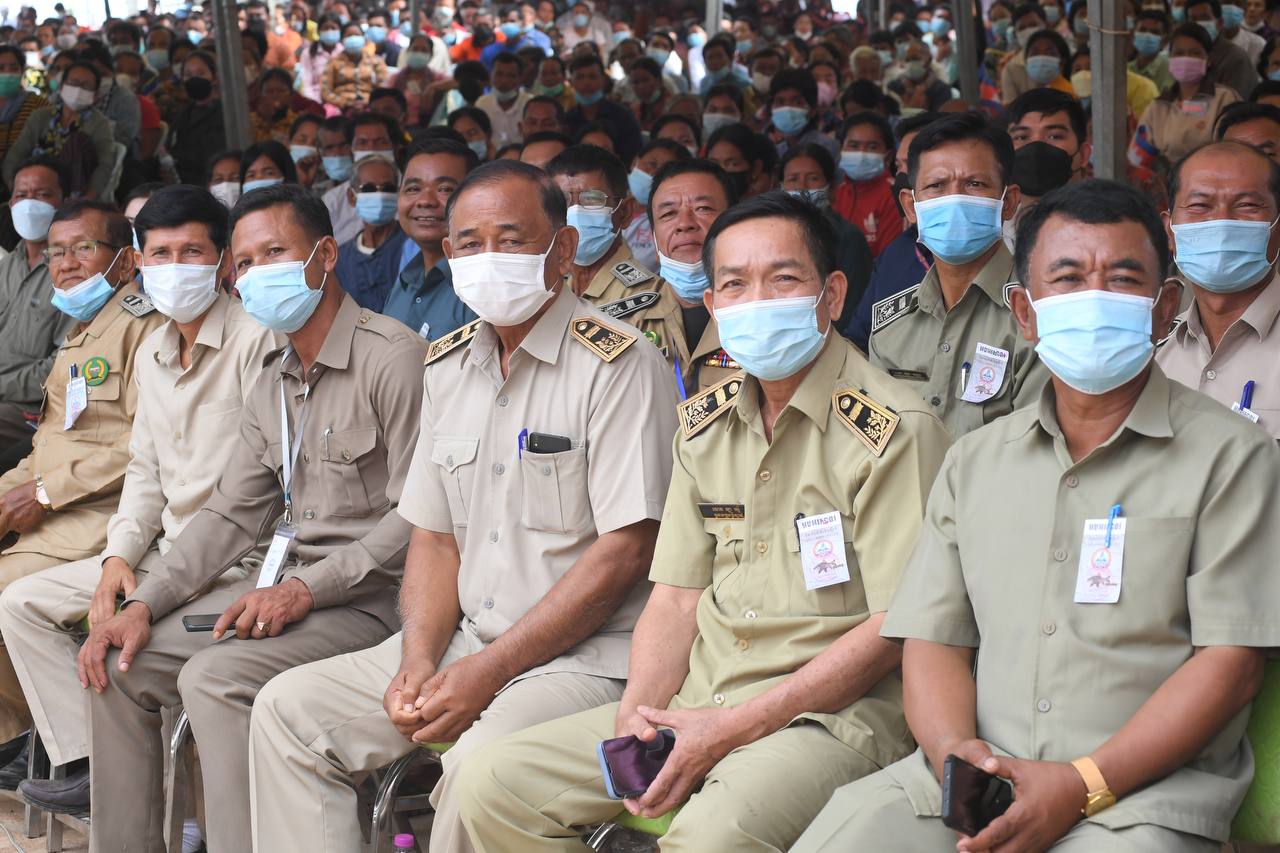
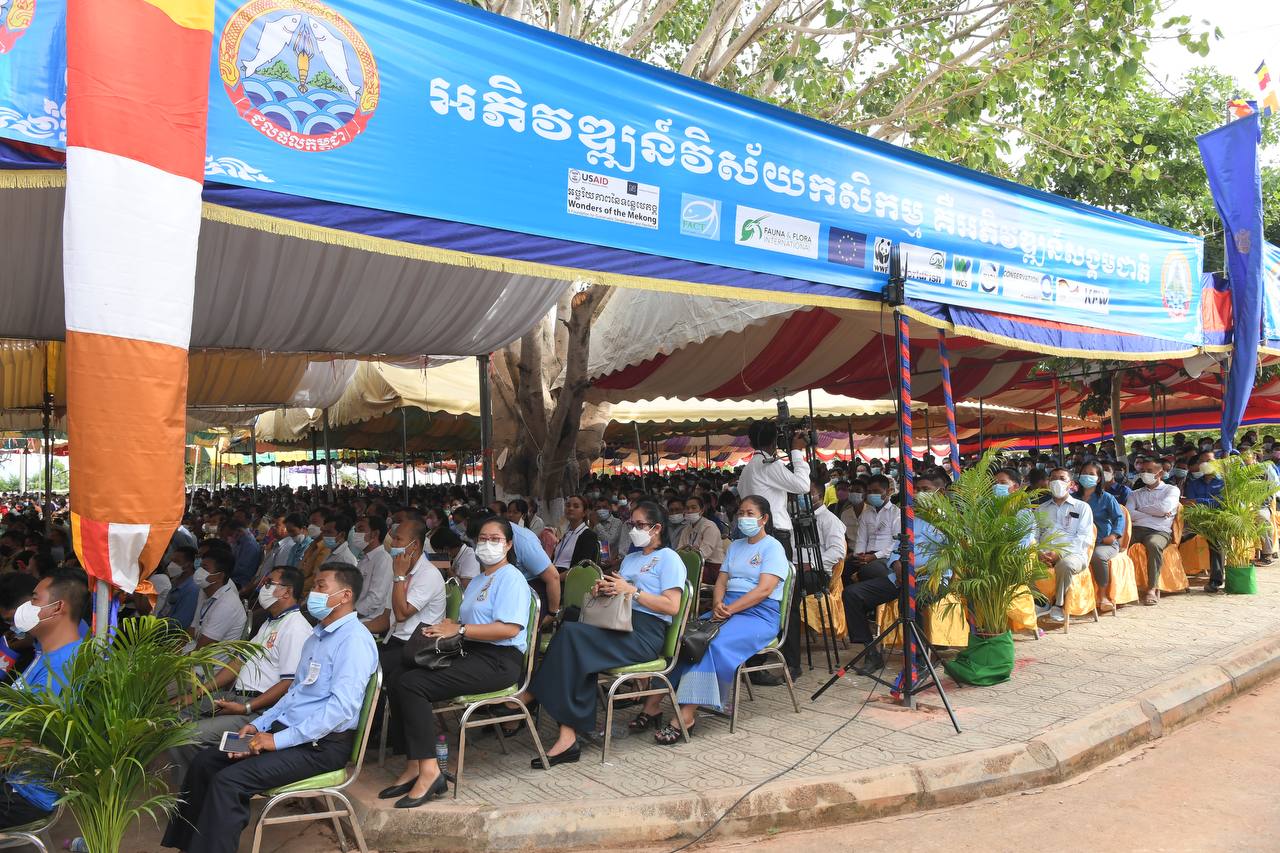
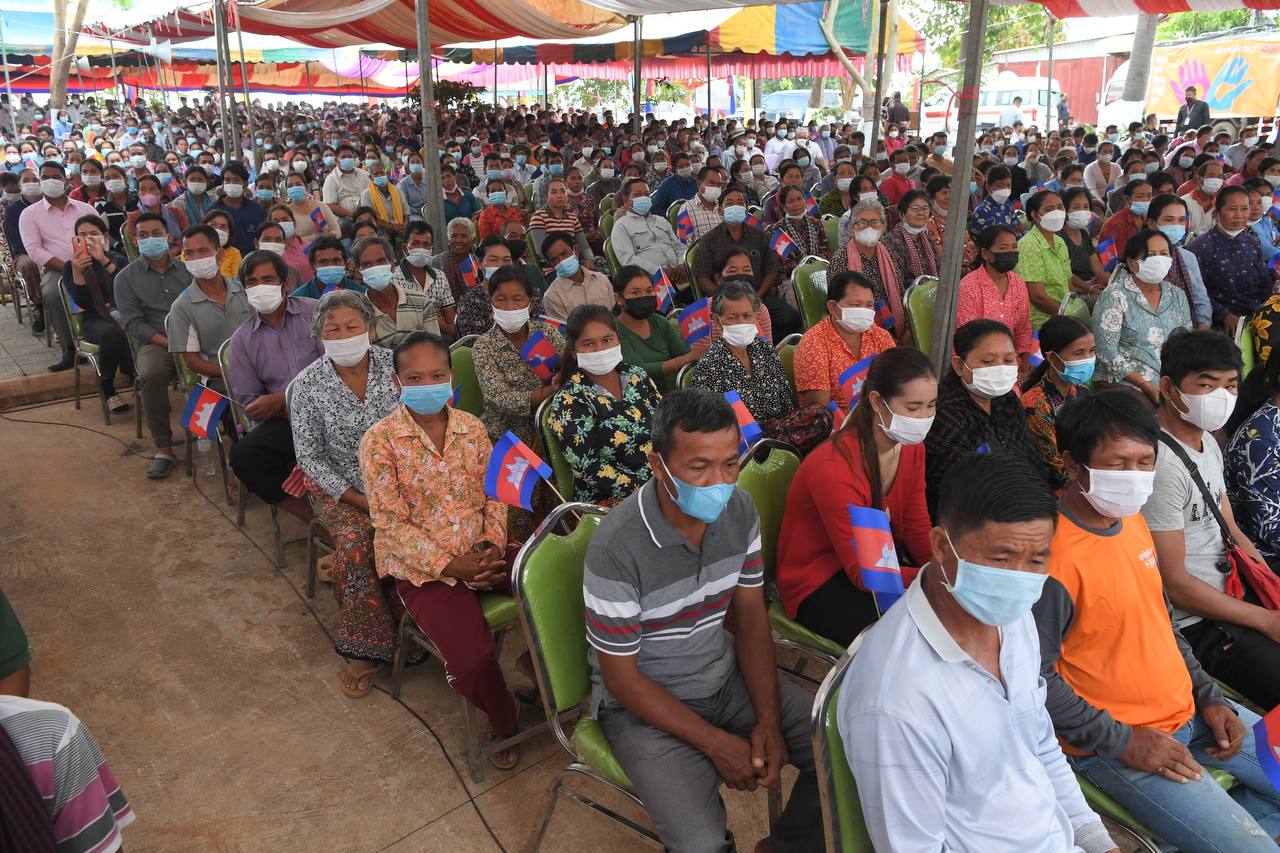
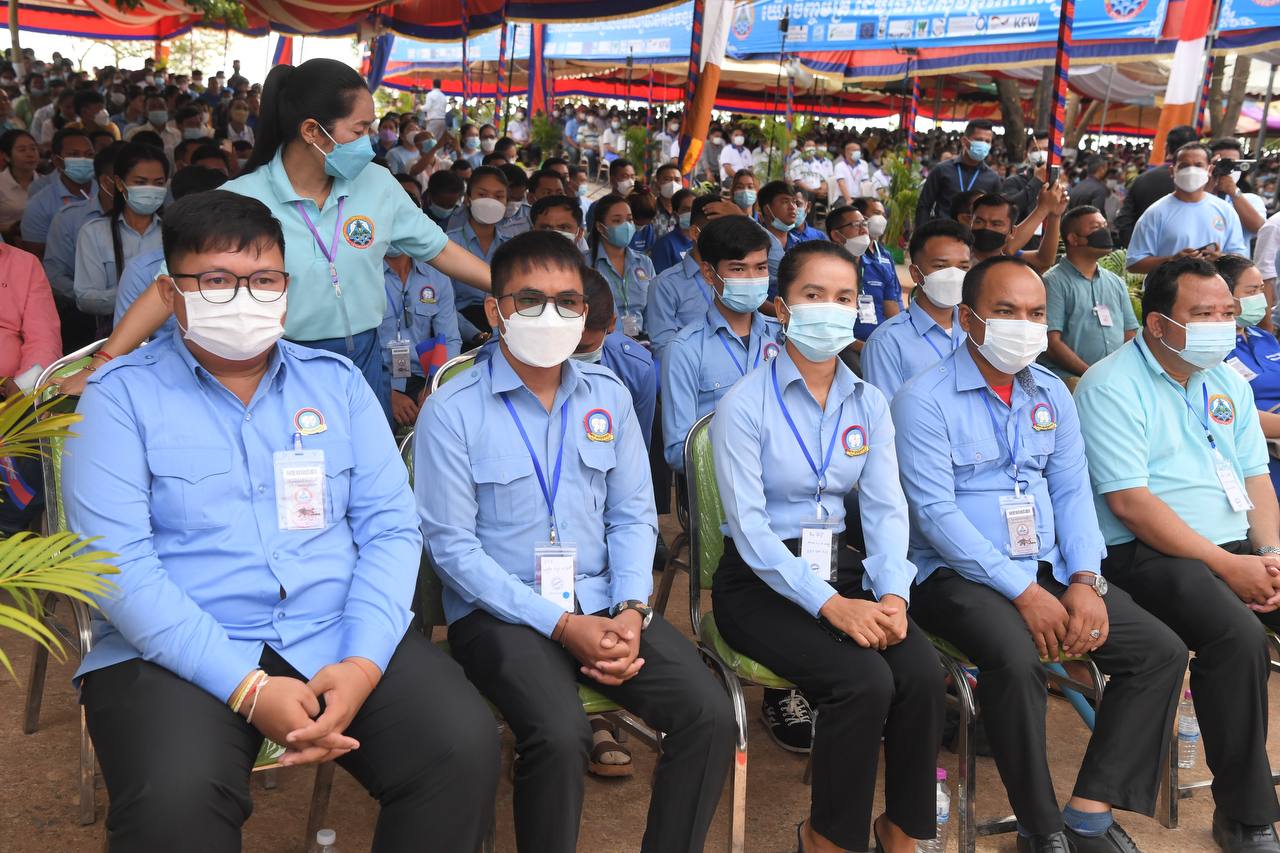
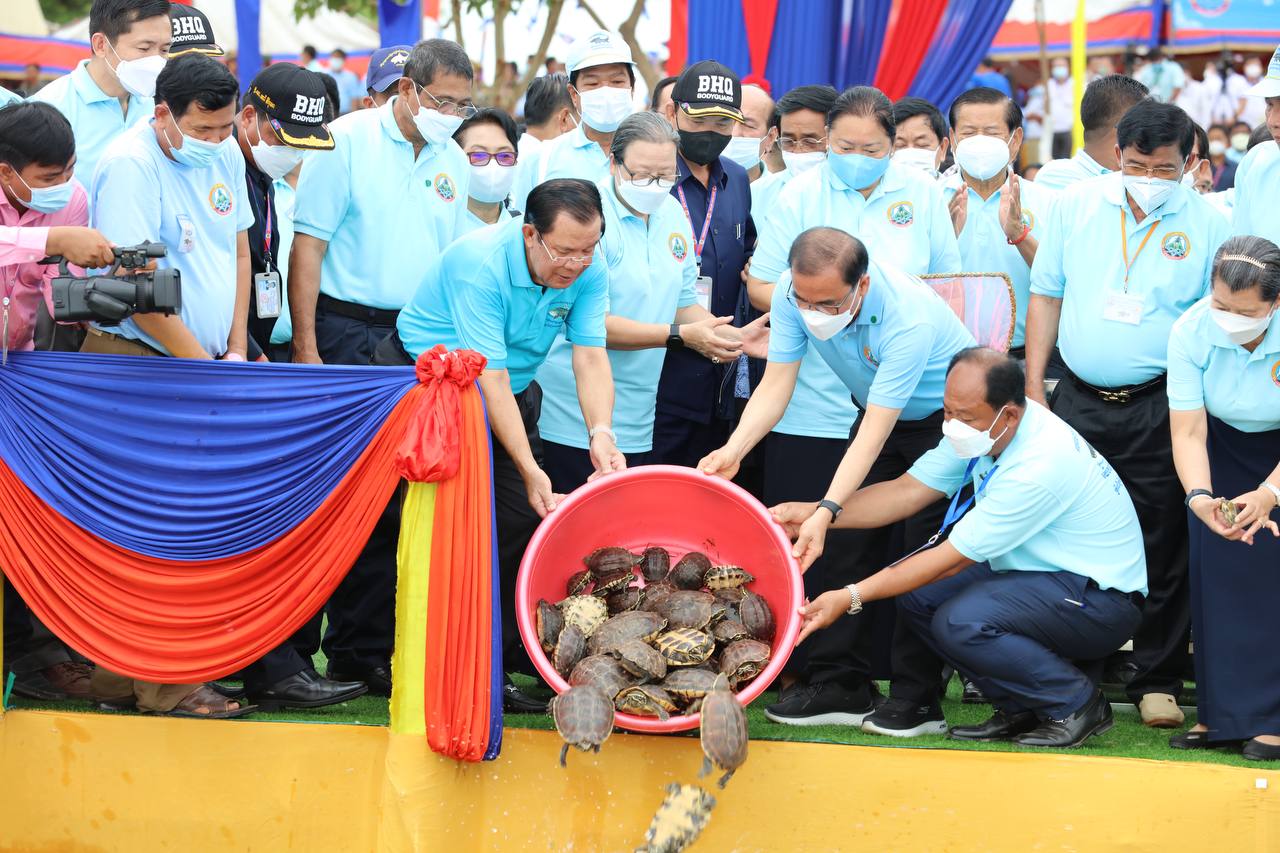
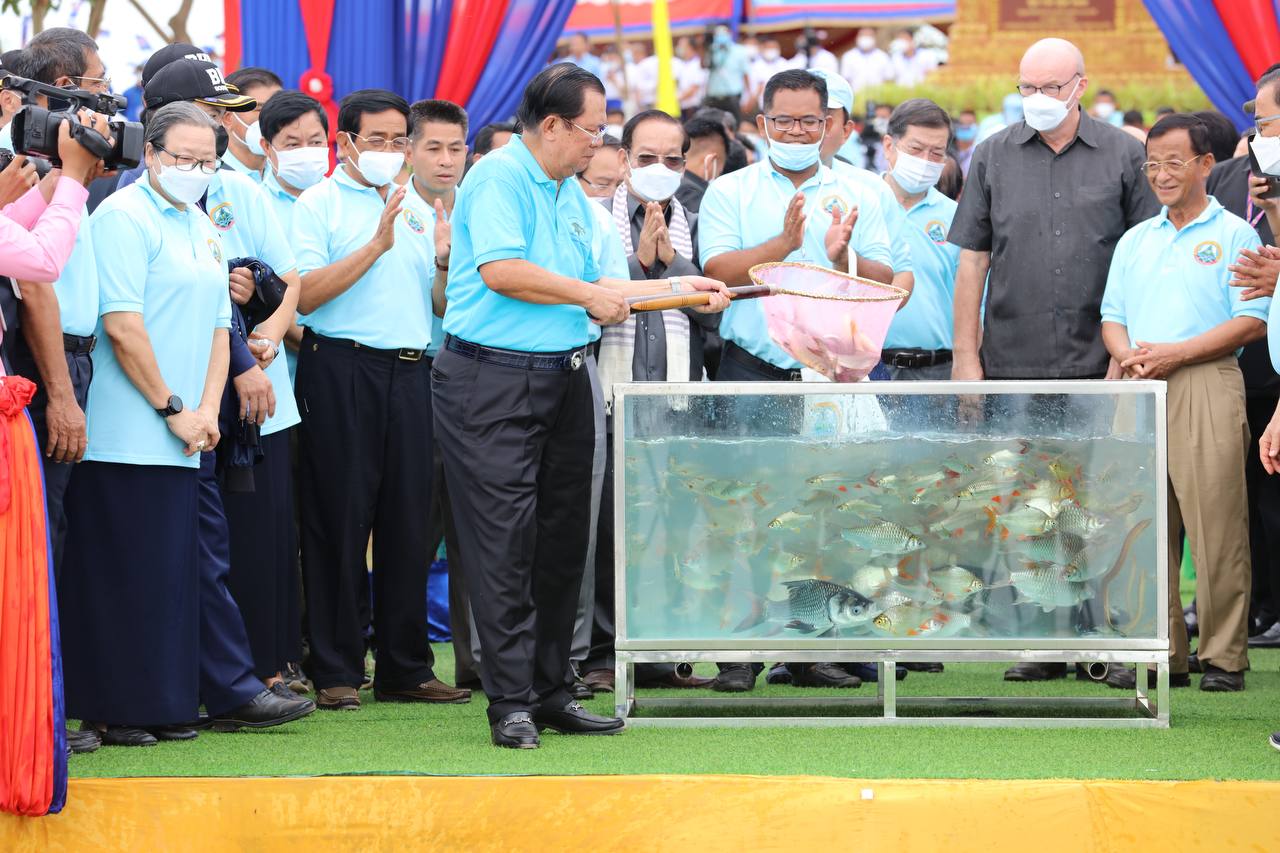
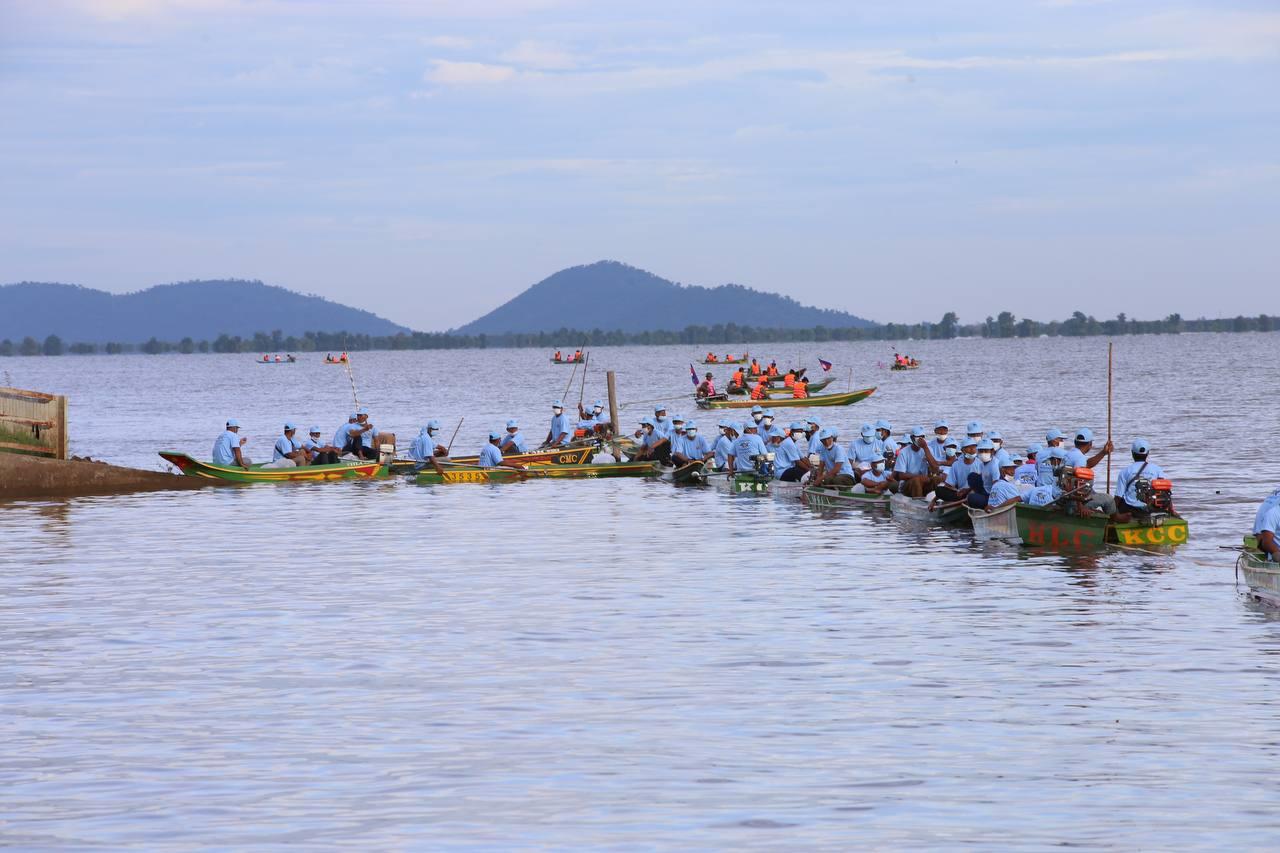
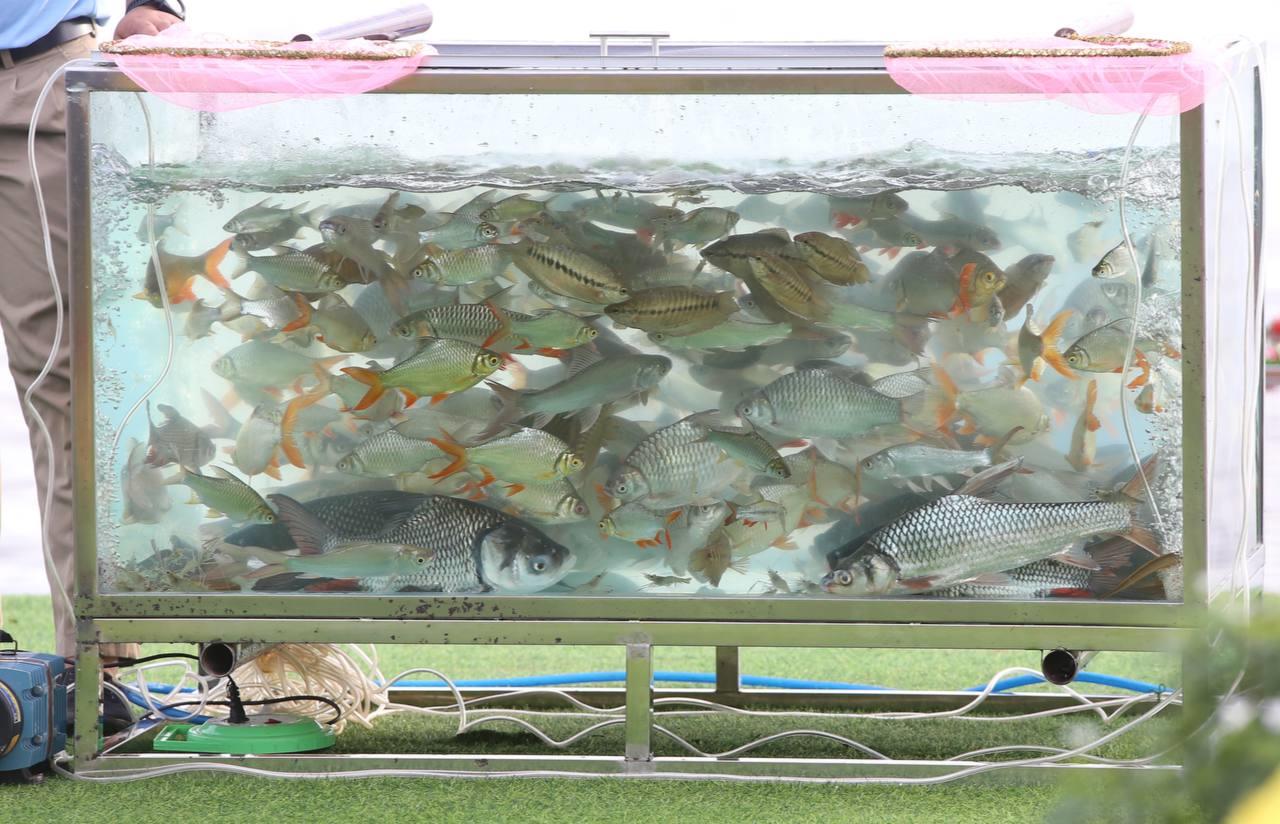
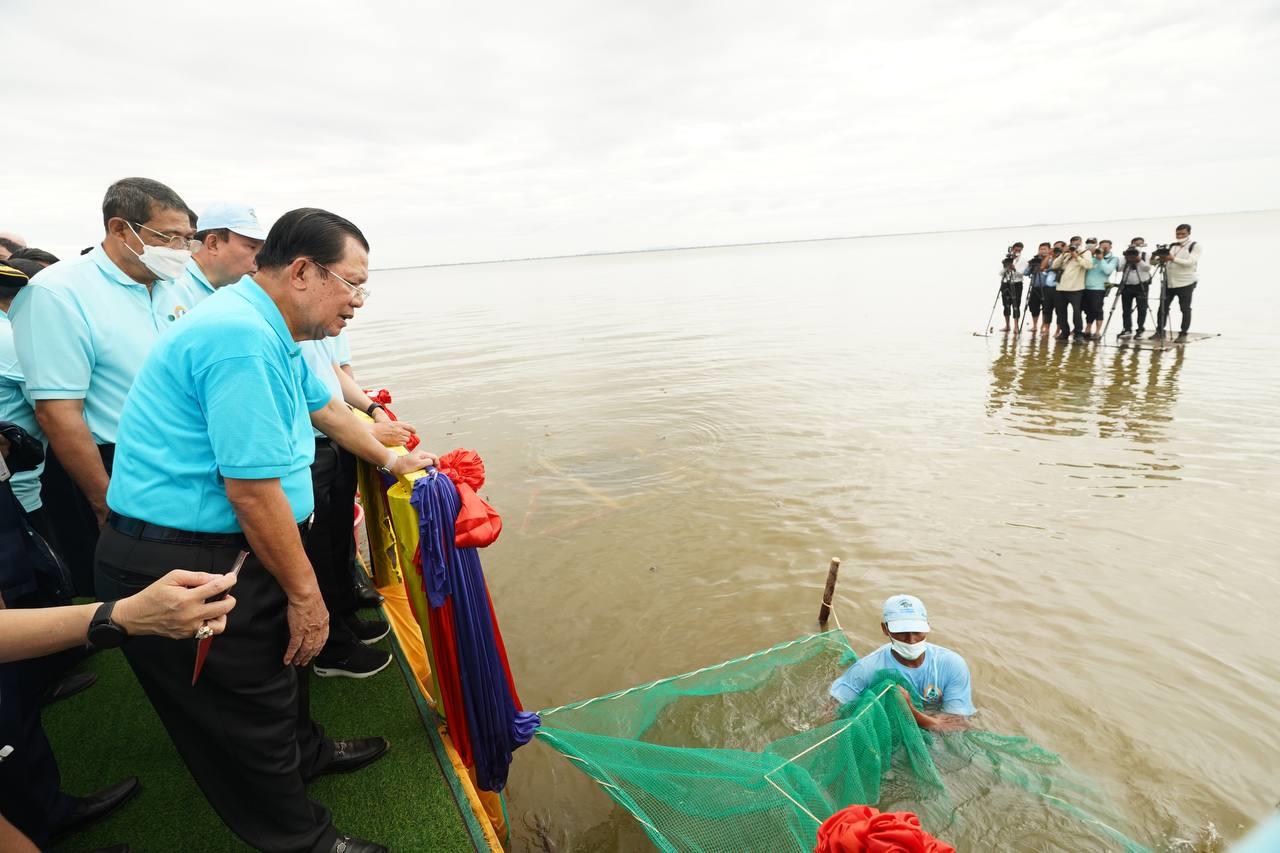
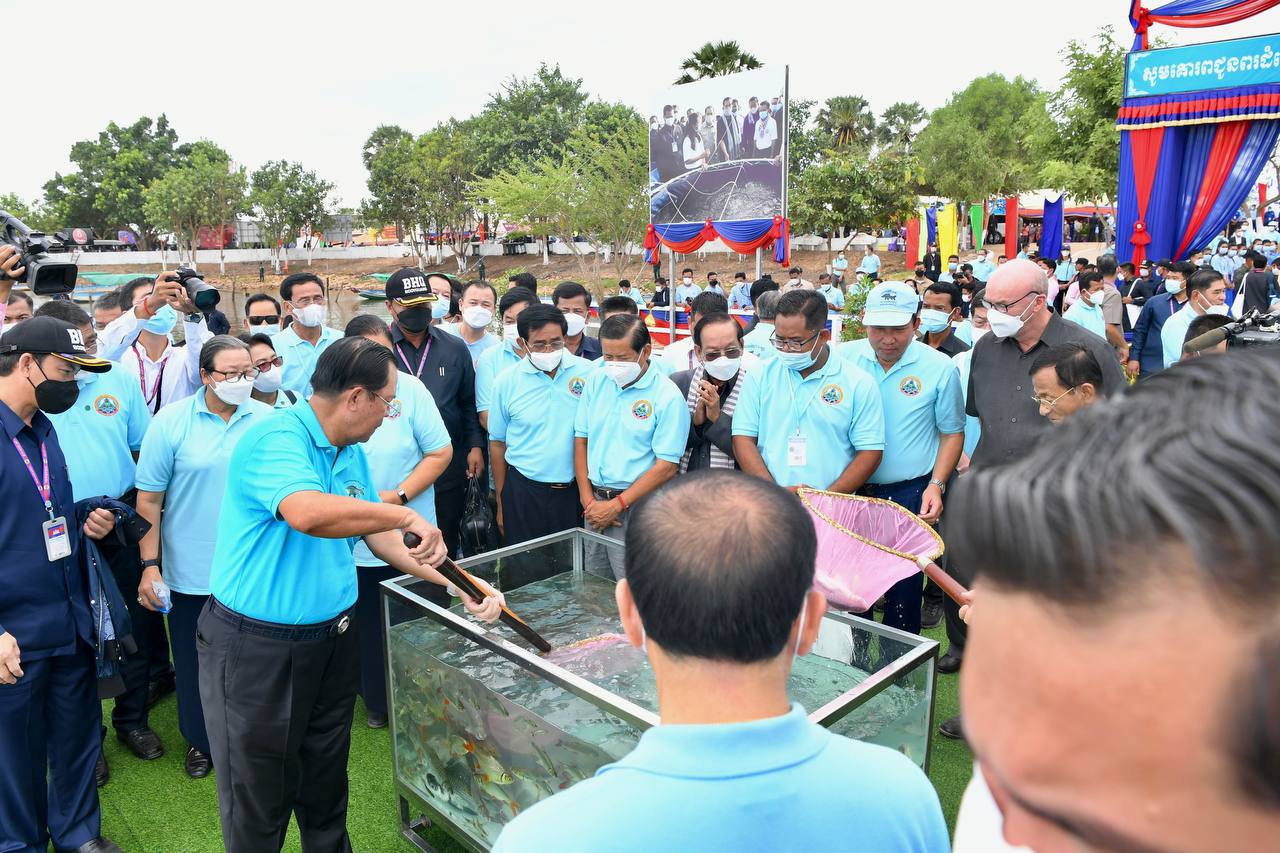


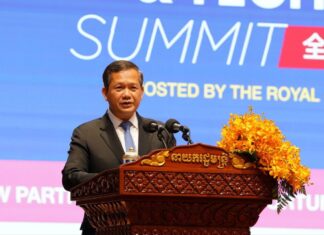


![Special Lecture by Samdech Akka Moha Sena Padei Techo HUN SEN, President of the Senate of the Kingdom of Cambodia, on “Leadership Experiences and Vision for Peace” to the 11th Plenary of the International Parliament for Tolerance and Peace (IPTP) [Unofficial Translations]](https://pressocm.gov.kh/wp-content/uploads/2024/12/468161445_1188047276010391_3141496335218348185_n-100x70.jpg)
